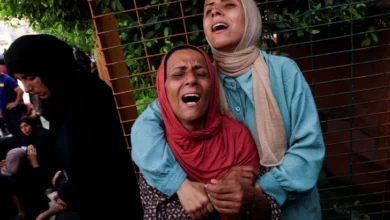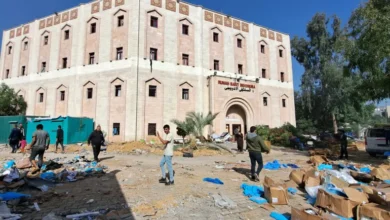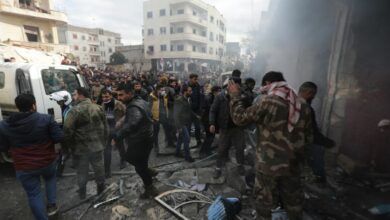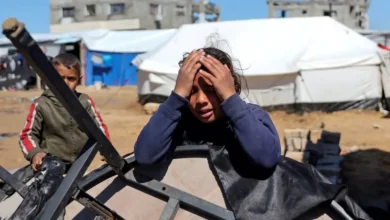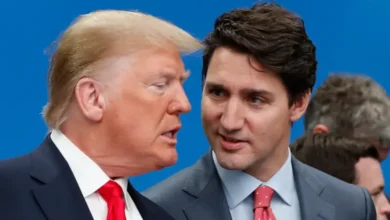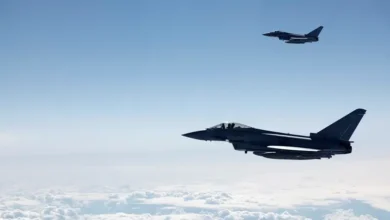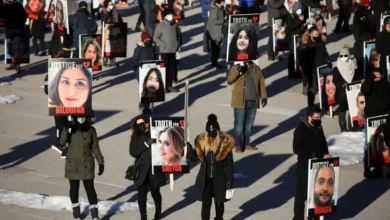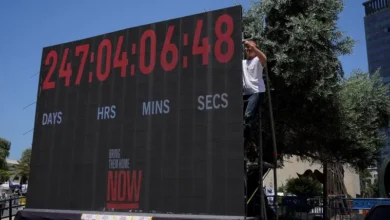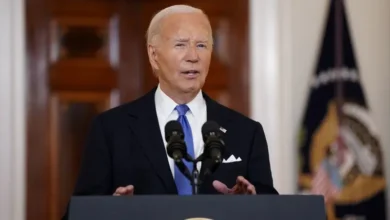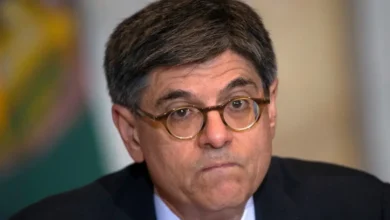Israel-Hezbollah ceasefire: Why is Israel still in southern Lebanon?
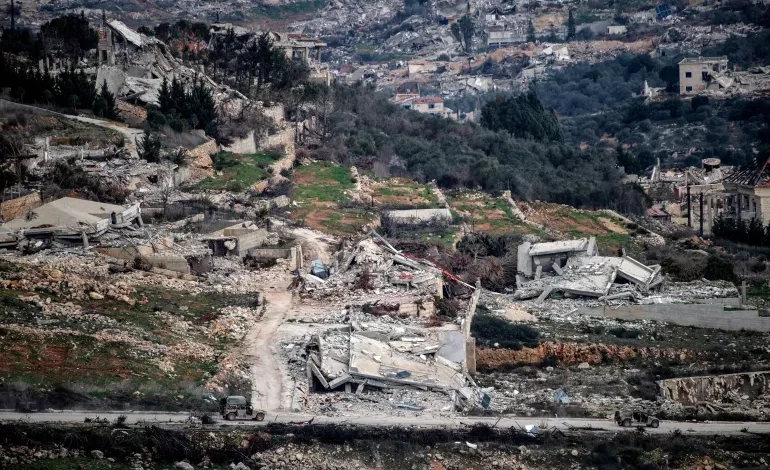
On the day Israeli forces were due to withdraw under a ceasefire deal, Lebanese health officials reported that the Israeli army killed at least 15 people in the south.
At least 83 people were also wounded as the Israeli army opened fire when people tried to return to their homes, Lebanon’s Ministry of Public Health said in a statement on Sunday.
The killings appear to be another violation of the ceasefire agreement between Israel and Hezbollah and mark the latest in a series of violent attacks that have occurred since it began in November.
The ceasefire brought a reduction in the number of daily attacks on Lebanon’s south, Bekaa Valley, and Beirut’s southern suburbs. However, Israeli forces have remained in south Lebanon to conduct demolishing operations in border villages.
Here’s a look at the situation in southern Lebanon on the last day of the ceasefire.
What are the terms of the Israel-Hezbollah ceasefire?
Under the terms of the Israel-Hezbollah ceasefire, Hezbollah agreed to pull back above the Litani River, which runs across south Lebanon, and Israel was supposed to pull all troops out of Lebanese territory over the 60-day period.
Once the Israeli military was out, United Nations Interim Force in Lebanon (UNIFIL) were to enter, followed by the Lebanese Armed Forces (LAF).
Furthermore, the LAF is supposed to ensure that they are the only Lebanese armed presence in south Lebanon.
However, Israeli forces were still in the south on Sunday with both sides firing off blame as to why the terms of the ceasefire have not been followed. Israel’s Prime Minister Benjamin Netanyahu had said in recent days that the Israelis would hold on to certain points in Lebanon’s southeast.
